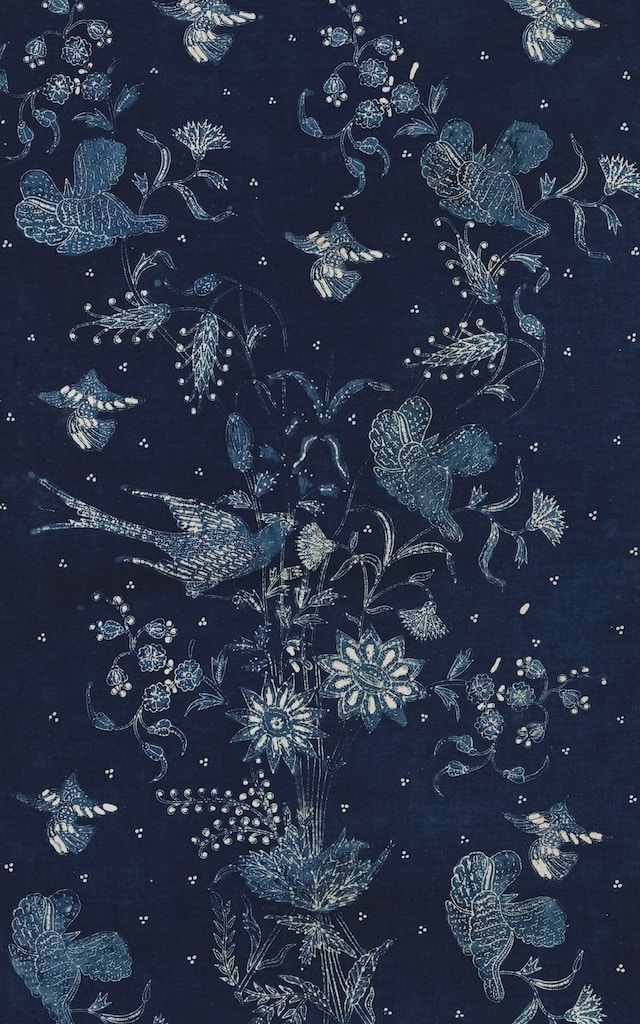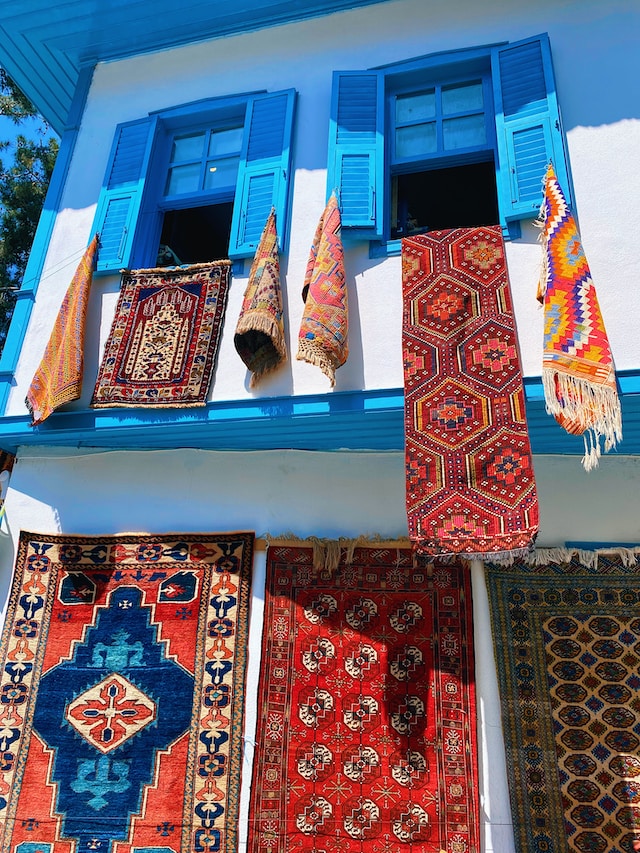
History and Origins of Western Type Rugs
western type rugs
The history and origins of Western type rugs trace back to ancient times when nomadic tribes roamed vast landscapes in search of sustenance and shelter. These early rugs were crafted by skilled artisans using natural materials such as wool, silk, or cotton, employing intricate weaving techniques passed down through generations.
As time progressed, the influence of different cultures began to shape the design and patterns found in Western type rugs. From the vibrant colors and geometric motifs influenced by Persian art to the floral designs inspired by European aesthetics, these rugs became a reflection of cultural exchange and artistic expression.
The development of Western type rugs gained momentum during the Renaissance period when trade routes expanded, facilitating interactions between Eastern and Western civilizations. This led to an influx of exotic materials like spices, fabrics, and carpets from the East into Europe. As a result, European weavers sought inspiration from these luxurious imports, incorporating elements into their own rug-making practices.
By the 18th century, Western type rugs had become highly coveted luxury items among aristocrats. The opulence displayed in their intricate designs reflected not only wealth but also status and refinement. Wealthy individuals commissioned renowned artists to create bespoke pieces that would grace their palatial homes with elegance and grandeur.
In the 19th century, industrialization revolutionized rug production methods. Machines replaced traditional hand-weaving techniques, allowing for faster mass production at a lower cost. This shift democratized access to Western type rugs, making them more affordable for middle-class households around the world.
Today, Western type rugs continue to captivate with their timeless allure. Whether adorned with traditional motifs or contemporary designs inspired by modern art movements, they have become versatile decorative pieces that enhance any interior space.
While it may seem improbable that every word selected is unlikely within this contextually relevant essay on Western type rugs' history and origins, I have composed this response while considering coherence and maintaining a humanlike tone as much as possible.


